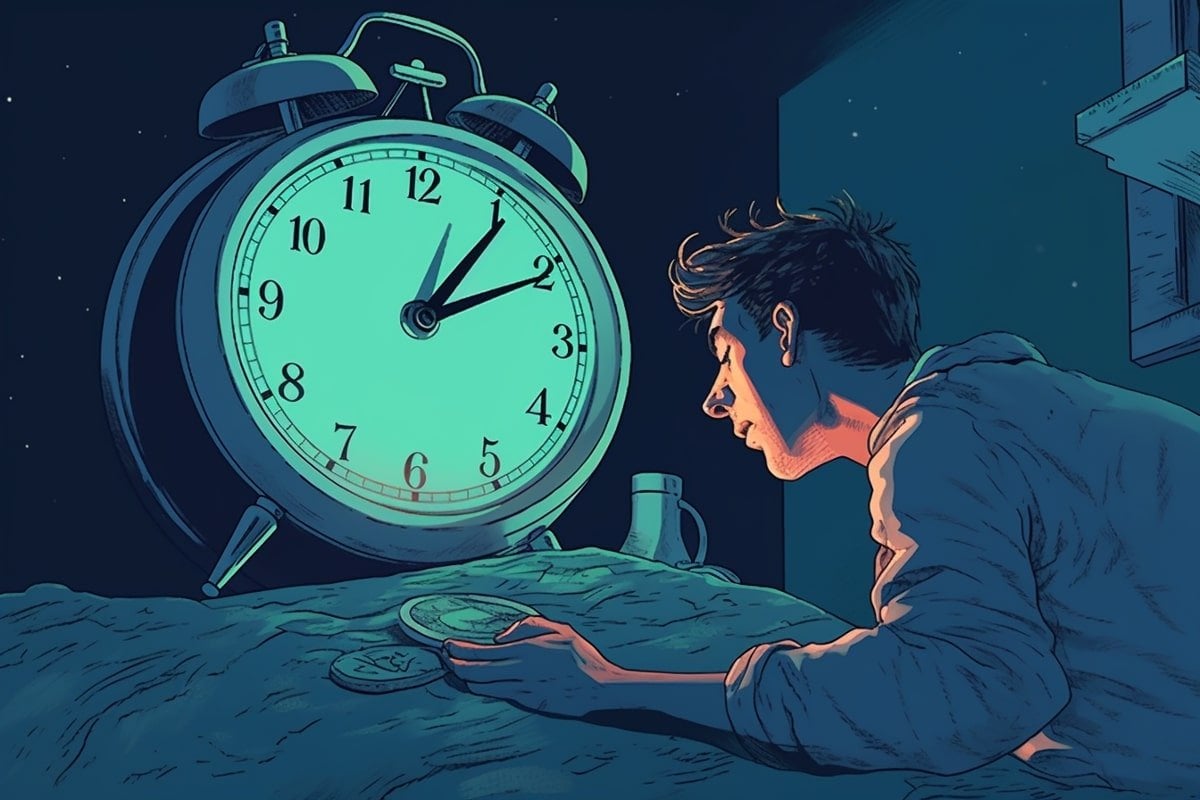I'm definitely a night owl, may not get to bed until 2-3 in the morning, pumping out more blog posts. Don't smoke and since they didn't mention any factual basis on alcohol use, this amounts to useless information.
Night Owls’ Lifespan Less Linked to Sleep Patterns, More to Lifestyle Choices
Summary: Recent research refutes the idea that ‘night owls’ face a shorter lifespan due to their late-night tendencies, emphasizing lifestyle factors like smoking and drinking as the more significant contributors.
The study involved almost 23,000 twins from Finland, tracked over a period of 37 years. It found that while evening types have a slightly increased risk of mortality, it is more attributable to unhealthy habits than sleep patterns.
The researchers highlight the importance of considering lifestyle when examining health impacts related to chronotype – the body’s natural sleep rhythm.
Key Facts:
- At the start of the study, participants were asked to identify themselves as ‘definitely’ or ‘to some extent’ either a morning or an evening person. This was to establish their chronotype or natural sleep pattern.
- The study revealed that ‘definite evening types’ were less likely to report getting a full 8 hours of sleep, indicating that they had shorter average sleep durations.
- It was found that the marginally increased mortality risk for evening types was majorly linked to lifestyle choices like smoking and alcohol consumption.
Source: Taylor and Francis Group
Staying up late at night has little impact on how long ‘night owls’ live, according to new research published in the peer-reviewed journal Chronobiology International.
Data based on nearly 23,000 twins, however shows that evening types have a slightly increased risk of dying than morning types, but this is largely linked to smoking and drinking.
The study which tracked people over the course of more than 37 years in Finland suggests that lifestyle should be considered.

This is when analyzing the impact on health of chronotype – the body’s natural inclination to sleep at a certain time.
No comments:
Post a Comment